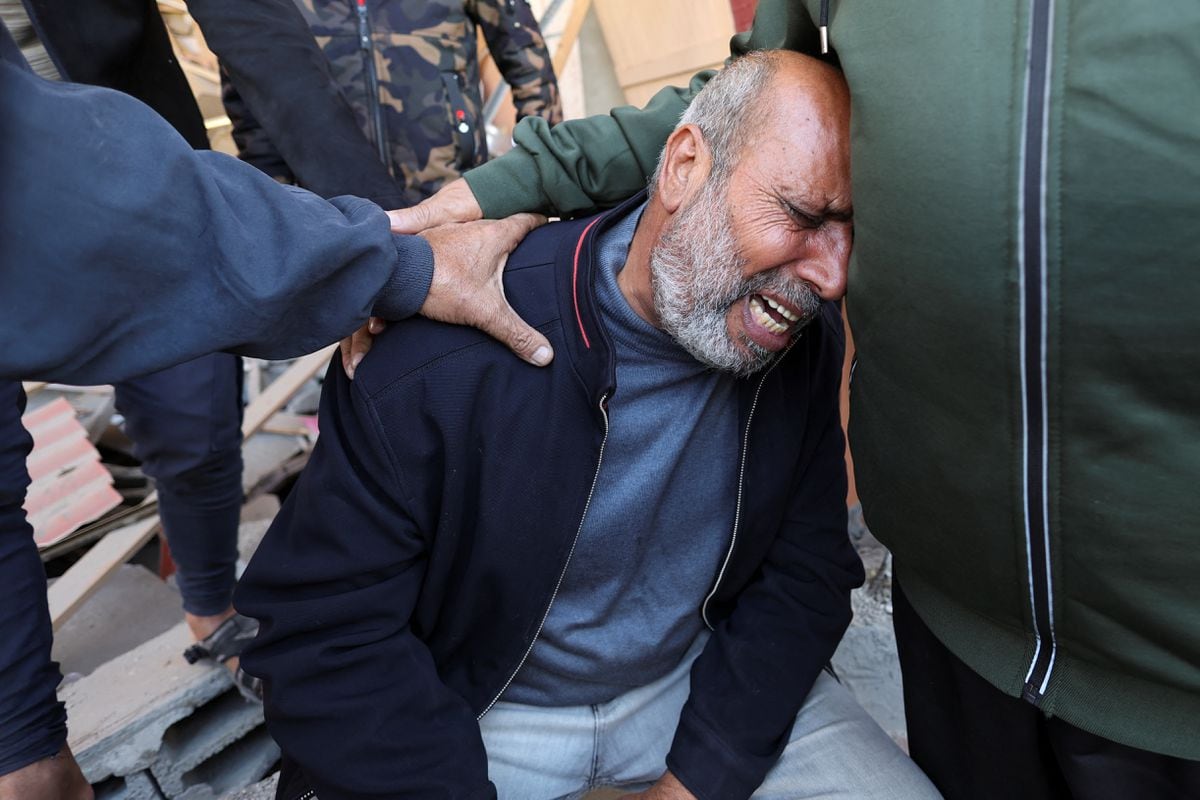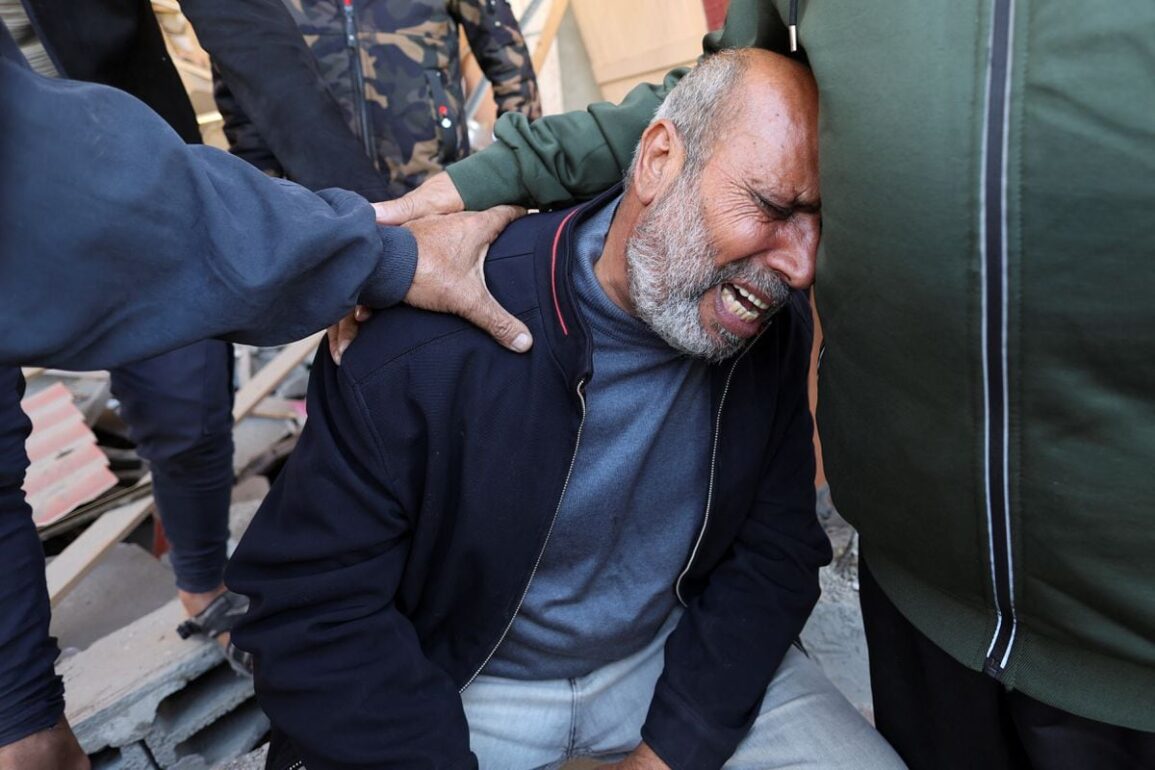
Qatar, which brokered the prisoner swap agreement between Hamas and Israel and a temporary ceasefire in Gaza, on Thursday announced the truce would enter into force Friday at 7.00 a.m. local time. As part of the framework of the deal, a spokesman for the Qatari Foreign Ministry, Majed Al Ansari, quoted by Reuters, also announced that Hamas will release 13 of the approximately 240 Israeli hostages captured predominantly by the Palestinian militia and Islamic Jihad during the October 7 attacks on Israel, in which some 1,200 people were killed, at 4 p.m. local time. The fragility of the pact was highlighted in the early hours of Thursday morning when Israel announced that its effective implementation would be delayed by at least 24 hours.
The agreement between the government of Israeli Prime Minister Benjamin Netanyahu and Hamas is for 50 of the Israeli captives to be returned over the course of four-day ceasefire in exchange for the release of 150 Palestinians held in Israeli prisons. In both cases, those released will be mainly women and children, as confirmed by Al Ansari, who stated that the first group of 13 hostages will include only women and minors. “If there were a group of hostages from the same family they will be released together in this first batch,” said the Qatari spokesman, who did not offer details on the Palestinian prisoners who will benefit from the exchange.
Israeli army Daniel spokesman Hagari specified that troops in Gaza would remain behind a “ceasefire line” but did not provide details of where this would be located. “These will be complicated days and nothing is certain… Even during this process there could be changes,” Hagari said as quoted by Reuters, before adding that control of northern Gaza “is the first step of a long war, and we are preparing for the next stages.”
Abu Ubaida, a spokesman for Hamas’ armed wing, the Izz ad-Din al-Qassam brigades, on Thursday night referred to the “temporary truce” with Israel in a video message in which he also called for an escalation of the confrontation “on all fronts of resistance,” including in the occupied West Bank.
Al Ansari had stated hours earlier that compliance with the terms of the truce and the prisoner exchange will be monitored from a coordination center in Doha. Qatar will maintain, he said, “a very clear line of communication” with Israel, the Hamas political office in Doha and the International Committee of the Red Cross. Al Ansari stressed that this monitoring center will ensure that “the environment which the hostage transfer will happen will be a safe one.”
Qatar hopes to negotiate an extension of the agreement to release additional Israeli captives before the fourth day of the ceasefire expires. “We all hope that this truce will lead to a chance to start a wider work to achieve a permanent truce,” Al Ansari said. Israel, for its part, has left the door open for a possible extension of the temporary cessation of hostilities, of an additional day for every 10 further hostages released by militias in Gaza.
A statement from Netanyahu’s office shortly after the Qatari announcement confirmed that Israel had already received a first list of names of captives to be released and had informed “the families whose loved ones appear on the list.” An Israeli government source had earlier accused Hamas of not having provided this list, which appeared to be one of the stumbling blocks for the agreement to be implemented.
In addition to the exchange of prisoners and the ceasefire the truce, which represents the biggest diplomatic milestone in the conflict so far, includes allowing the entry of hundreds of trucks carrying humanitarian aid into Gaza via Egypt.
Sign up for our weekly newsletter to get more English-language news coverage from EL PAÍS USA Edition
This post was originally published on this site be sure to check out more of their content.







